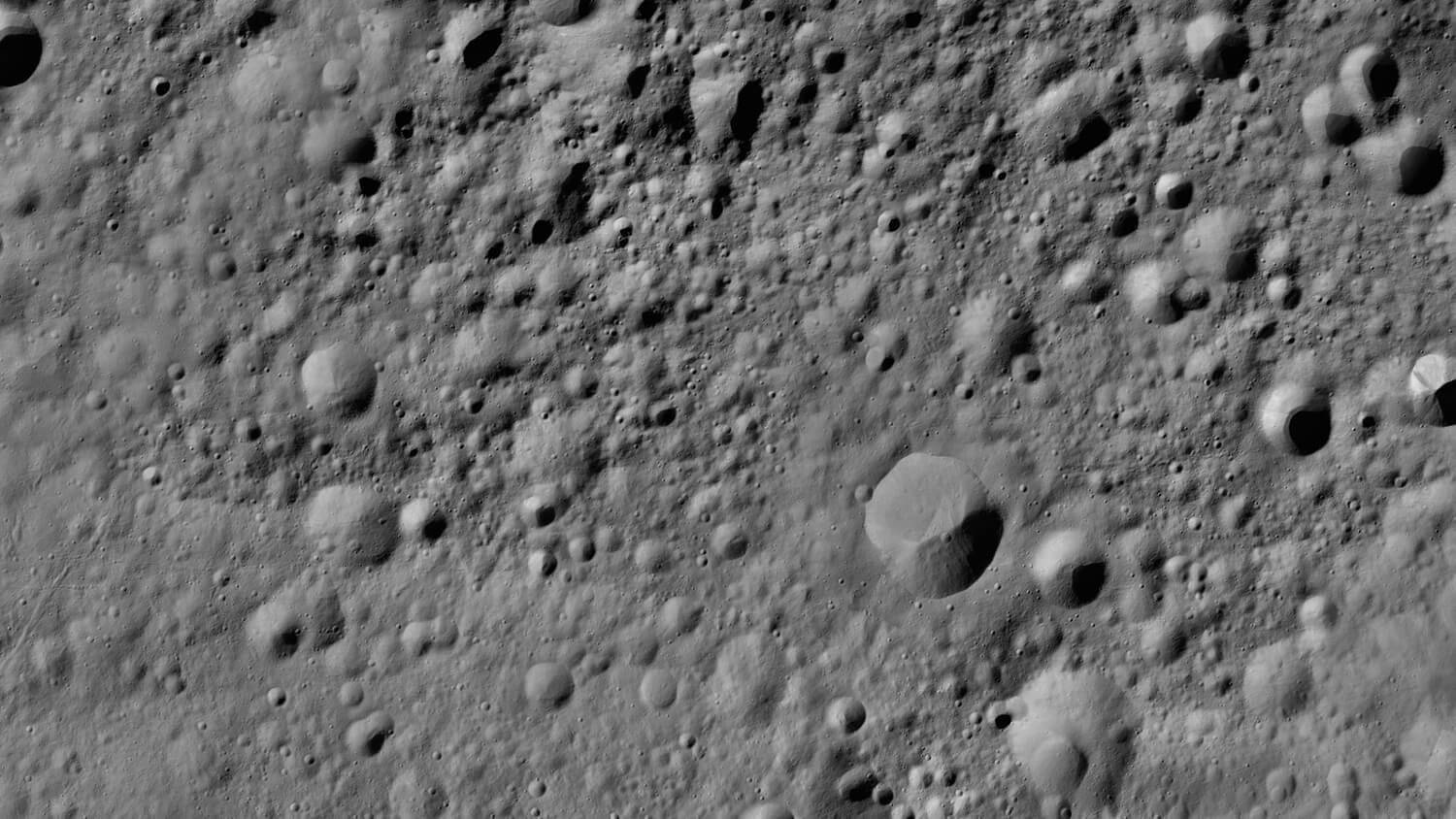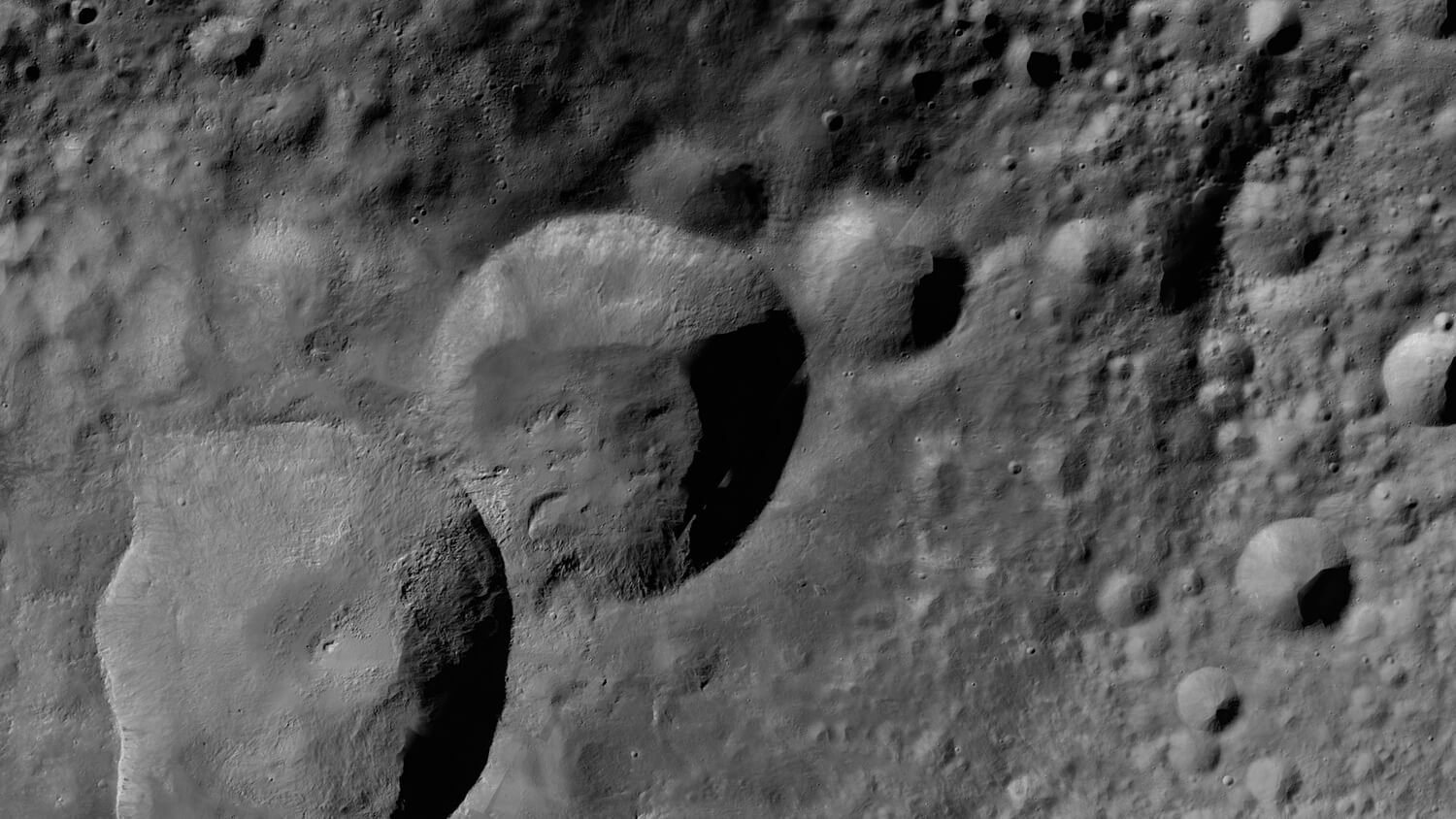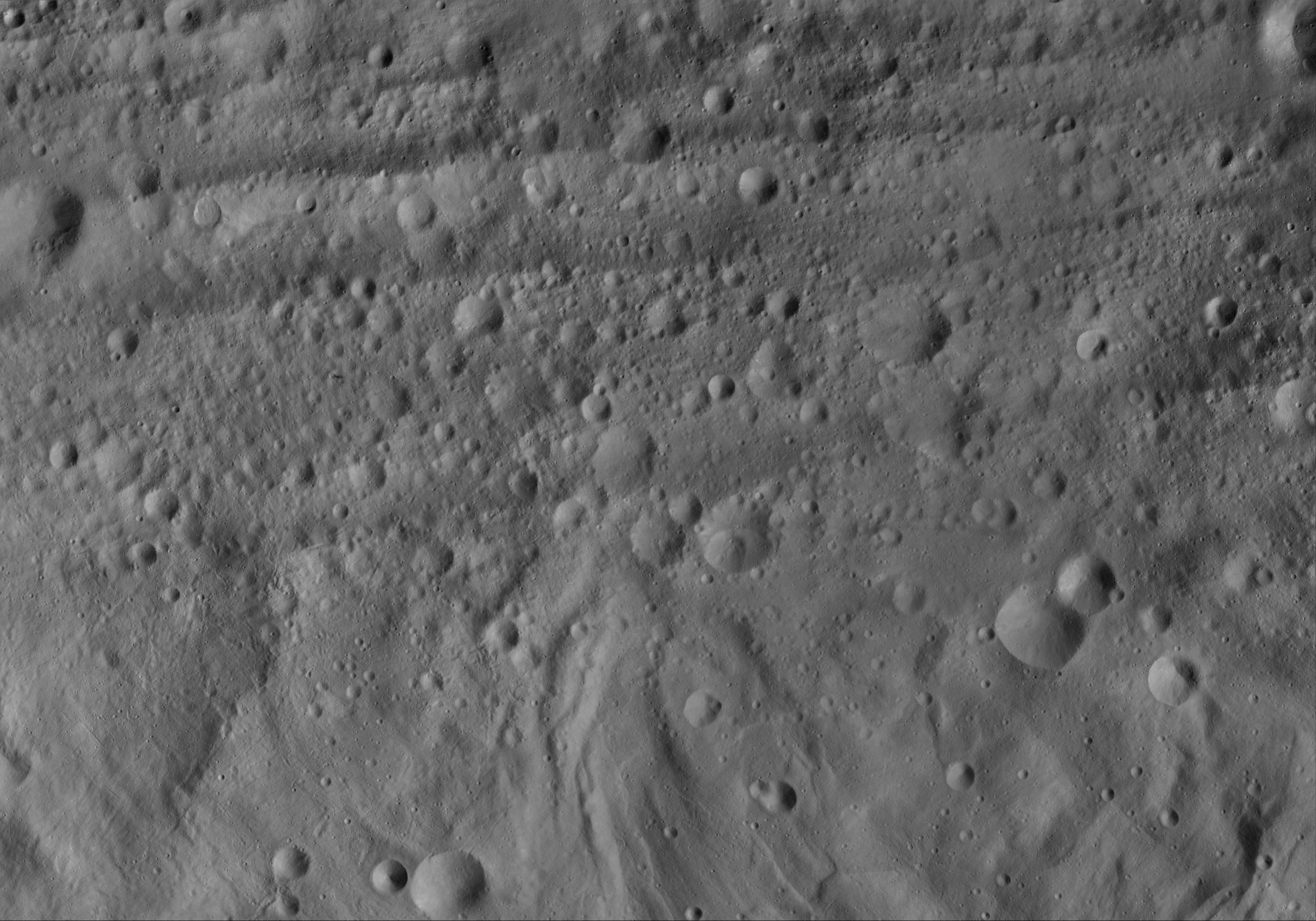Where did the oceans come from?
To mark UN World Water Day, we explore where the Earth’s life-giving water came from and find out more about the so-called ‘second ocean’ inside our planet
Photo courtesy of NASA.
Long before life began, our world and even neighboring planets harbored oceans. But where did the water come from? Our guide to this amazing field of study is Adam Sarafian, a former Woods Hole Oceanographic Institute and MIT researcher. He’s an expert in the early formation of the Earth and the hidden water inside the planet’s mantle. In 2014, he and his colleagues published a groundbreaking paper that finally revealed the source of all water – and ultimately life – on Earth. We called him up to learn more.
”There could be two oceans worth of water on the planet — one in the oceans, the other in rocks inside the Earth’s mantle”
Adam Sarafian
NASA images: The rocky surface of Vesta helped reveal the origin of Earth’s water.
Let’s start at the beginning – how far back are you looking?
The oldest materials that we have, that we’ve dated, are 4.5673 billion years old. We’re pretty good at dating things, so that’s why there’s so many numbers after the decimal point.
What was it like at that point – just a bunch of rocks flying around?
Basically our solar system was a disk of dust and gas – not even rocks. The sun was just starting to ignite, and really there was nothing else in the solar system. We think that the hydrogen and the oxygen that makes up the water we have on Earth met up before that point, but we don’t know what happened to it, or where it was in the solar system. Part of that gas disk contained a lot of hydrogen, but not in water form.
What happened next?
We were in this gas and dust state for a couple of million years, not a long time. In geological time 1-2 million years is the blink of eye, especially compared to 4 billion years. From there, the little dust particles started sticking together and conglomerating. That would give you little balls of dust, which heated up and ran into each other, which then started creating rocks. While the early Earth was forming, the water was dissolved in those rocks. Once the planet formed and cooled down a bit, the water came out of the rocks as volcanic outgassing – steam coming out volcanoes.
How do we know this for sure? Didn’t the oceans arrive in comets?
In our study, we looked at whether Earth was getting water during its formation, or whether it got all its water after it formed, from comets and wet asteroids. So we looked at meteorites from asteroids in the asteroid belt, and they formed about 4 million years after the start of the solar system. They have water in them, and that water has the same isotopic signature as our water.
Since everything’s in the inner solar system, then the inner solar system must have had Earth-like water. From the asteroid Vesta, we have evidence the solar system was seeded with water extremely early on. We believe the whole inner solar system was seeded with water while the planets were growing, so that means Earth, Venus and Mars would have had plenty of water.
I love the idea of oceans on Mars. Tell us more.
The best evidence we have is that something like half of Mars was covered in a shallow ocean – say, a couple of hundred meters deep. We see evidence of water on Mars’ surface – some of the images show flow features that were created by water, not by wind. It’s been tough finding much liquid water on Mars now, but based on our evidence there should have been water there. It’s likely these oceans formed before the Earth’s, but we don’t know whether they existed at the same time as ours, or whether they disappeared before ours formed.
So water was abundant in the inner solar system, what about out there in the universe?
We have evidence from telescope-based observations that other planets are water worlds – exoplanets with oceans should be scattered throughout the universe, really. As we know it, water is essential for life. NASA’s directive is currently “follow the water” in order to find evidence for life beyond Earth.
Tell us about the ‘oceans of water’ inside the Earth – is that true?
There’s this really big debate among geologists, and it might be unsolvable, about how much water the Earth has. The lower estimate is that there are two oceans worth of water on the planet – one in the oceans, the other in rocks inside the Earth’s mantle. There could be be much more, but since we can’t drill down that deep we don’t yet know. We have to rely on geophysics – which measures earthquakes and other Earth responses – to get an idea of what’s going on down there.
Is there any interaction between the oceans and the deeper water deposits in our planet?
Yes. The same volcanic processes that brought water up from below the surface when the Earth first formed are still going on today, all along the mid-ocean ridges. They’re constantly erupting and constantly off-gassing water from the deep Earth into the oceans. So the oceans are always being topped up in those areas, and then losing water in subduction zones, like off the coast of Alaska and South America, where it’s dragging down water. Not so much liquid water, but water trapped in clays and other minerals. That’s what gives us the nice, steady state of the oceans – and why we always have an ocean’s worth of water on the planet.
















